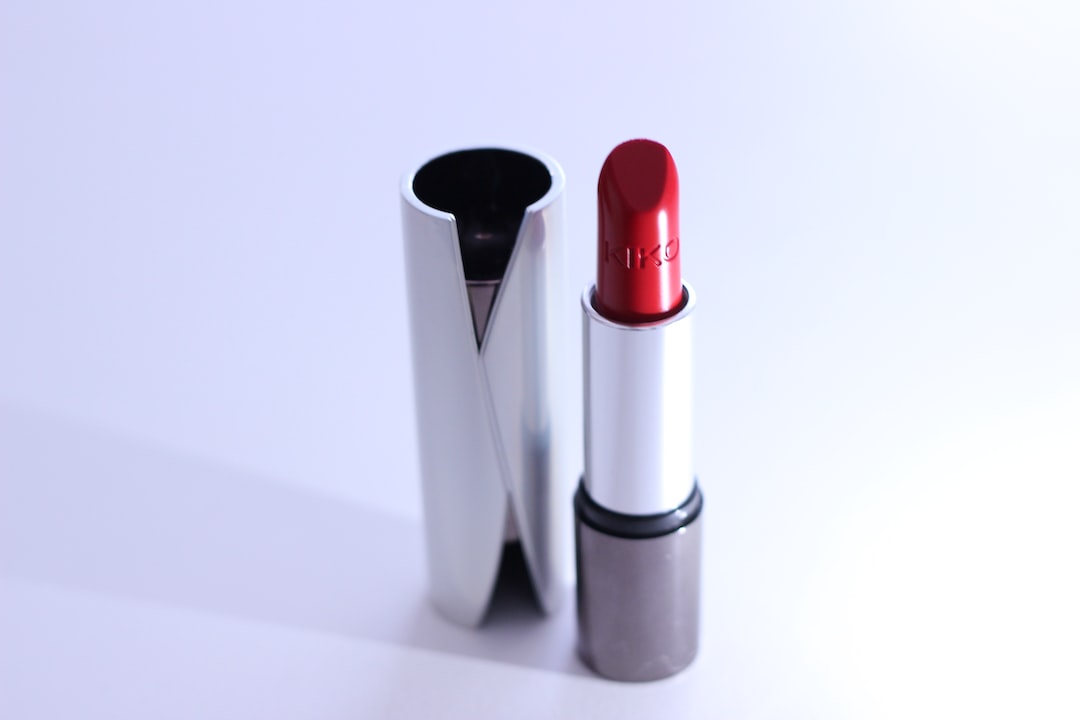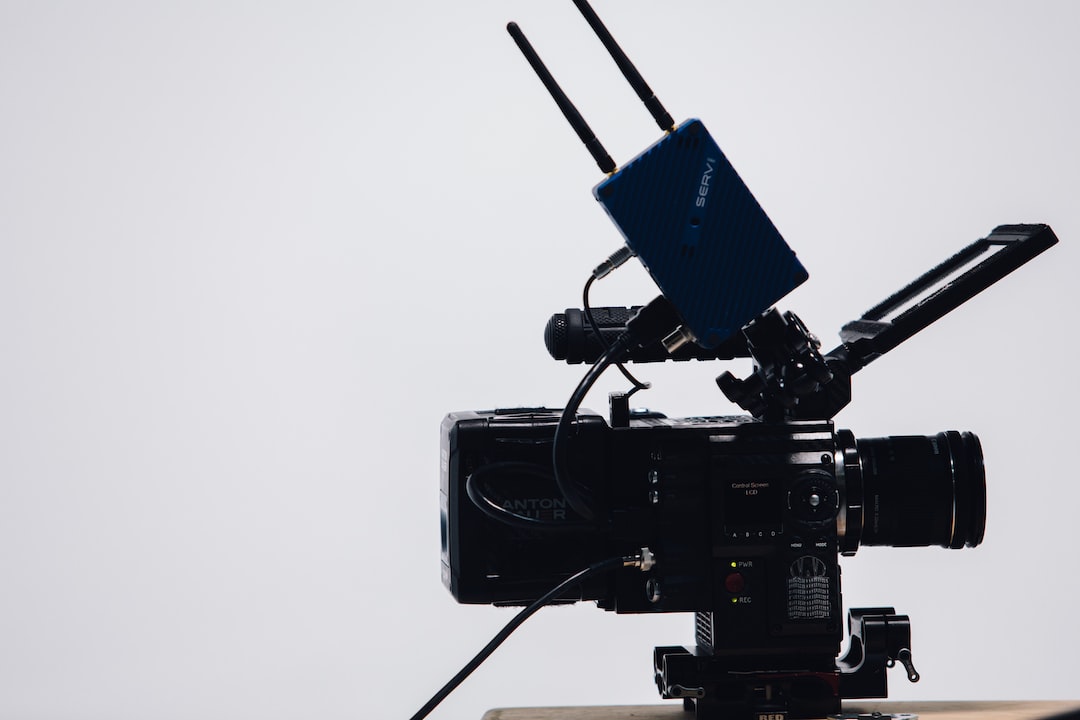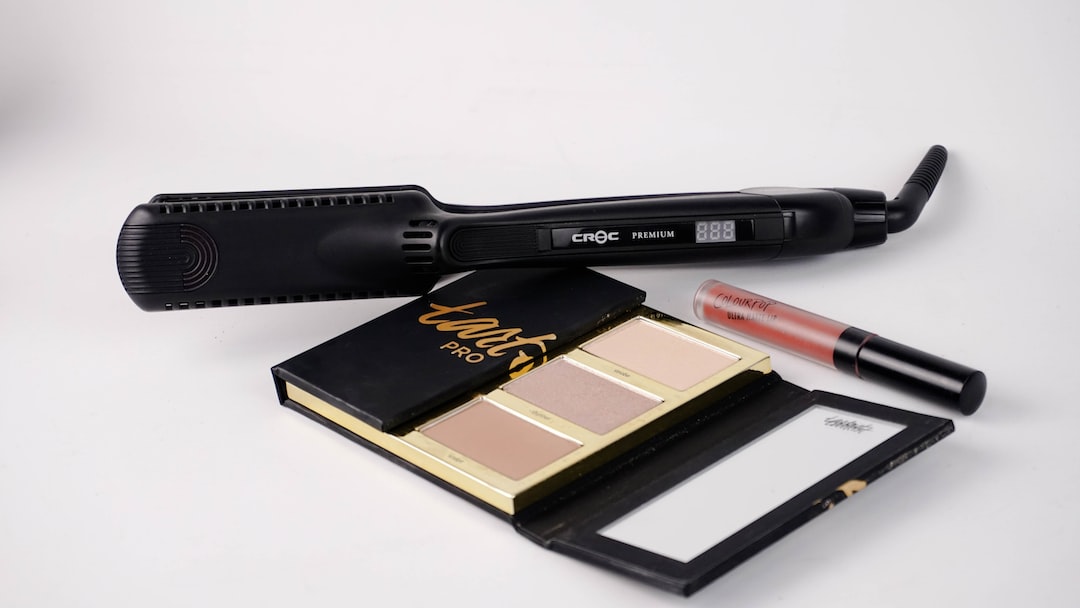Tattoos have become a popular form of self-expression and body art. Over time, however, some people may choose to have their tattoos removed for various reasons. One common question that arises is, “What draws tattoo ink out of the skin?”.
The Science Behind Tattoo Removal
Tattoo removal involves breaking down the ink particles into smaller fragments that can be eliminated by the body’s immune system. The process typically requires multiple sessions and can be done through various methods.
Laser Tattoo Removal
Laser tattoo removal is the most common method used today. It involves using a high-energy laser beam that penetrates the skin and targets the tattoo pigment. The laser energy is selectively absorbed by the ink particles, causing them to heat up and shatter into tiny fragments.
These smaller ink particles are then gradually removed by the body’s lymphatic system. The immune system recognizes them as foreign substances and flushes them out through the lymph nodes and bloodstream.
Other Tattoo Removal Methods
While laser tattoo removal is the most effective and widely used method, there are other techniques available:
- Intense Pulsed Light (IPL) Therapy: Similar to laser removal, IPL therapy uses high-intensity light to break down tattoo ink particles.
- Chemical Peel: Chemical solutions are applied to the tattooed area to exfoliate the skin and gradually fade the tattoo.
- Dermabrasion: This method involves using a high-speed rotary device to remove the upper layers of the skin, effectively “sanding” away the tattoo.
- Salabrasion: A saltwater solution is used to rub the tattooed area, causing the skin to peel and the tattoo to fade.

Factors Affecting Tattoo Removal
Several factors can influence the success and efficiency of tattoo removal:
- Ink Color: Some ink colors are more difficult to remove than others. Darker pigments, such as black and blue, tend to be easier to eliminate, while lighter colors like yellow and green may require more sessions.
- Tattoo Age: Older tattoos, especially those that have naturally faded over time, are generally easier to remove compared to newer ones.
- Tattoo Size and Location: Larger tattoos and those located closer to the heart, where the lymphatic system is more active, tend to fade more quickly.
- Skin Type: Skin type plays a role in tattoo removal as well. People with lighter skin tones generally have better results, while those with darker skin may be at a higher risk of skin discoloration or scarring.
It is essential to consult with a professional tattoo removal specialist to assess the specific circumstances of tattoo removal and determine the best course of action.
The Healing Process
After each tattoo removal session, proper aftercare is crucial. The skin may be red, swollen, or blistered, similar to the healing process after getting a tattoo. It is important to follow the specialist’s instructions and keep the area clean and protected.
Over time, the body’s natural healing processes will continue to eliminate the fragmented ink particles. Multiple sessions are usually required, with several weeks or months between each session, to allow the skin to fully heal and the immune system to remove the ink.
Tattoo removal involves breaking down ink particles and relying on the body’s immune system to eliminate them. Laser tattoo removal is the most common method, but there are alternative techniques available. Factors such as ink color, tattoo age, size, and skin type can influence the success of tattoo removal. Proper aftercare is essential for achieving the best results and ensuring the skin heals properly.









